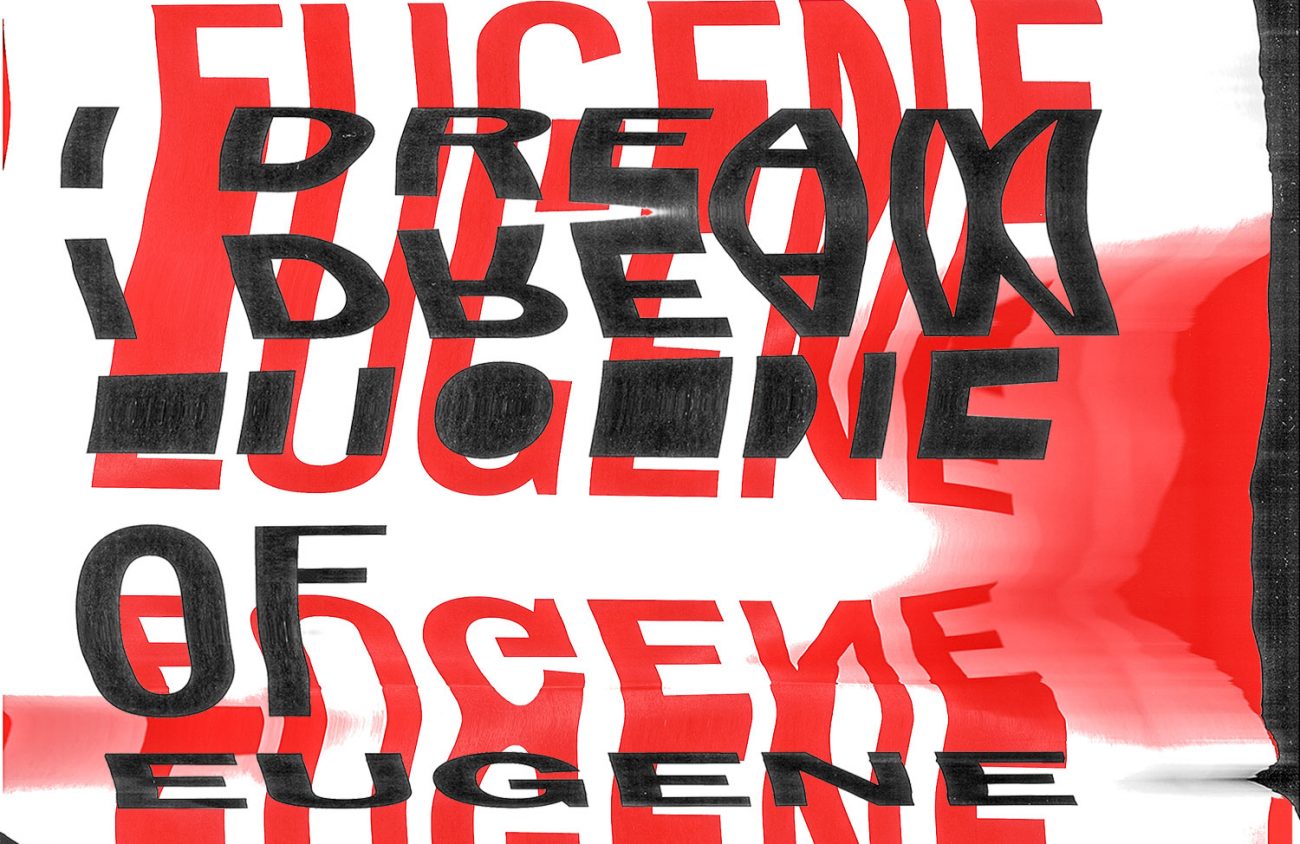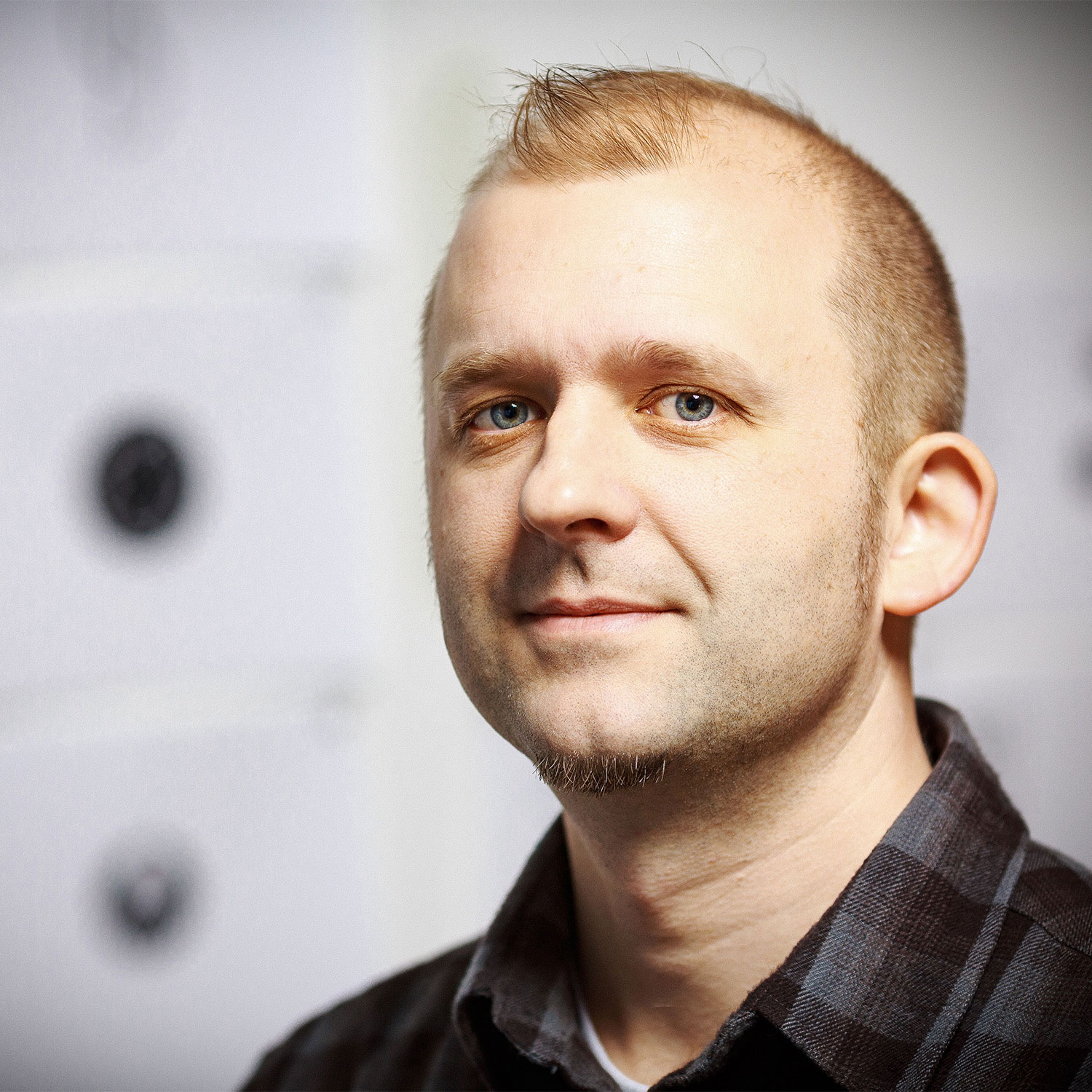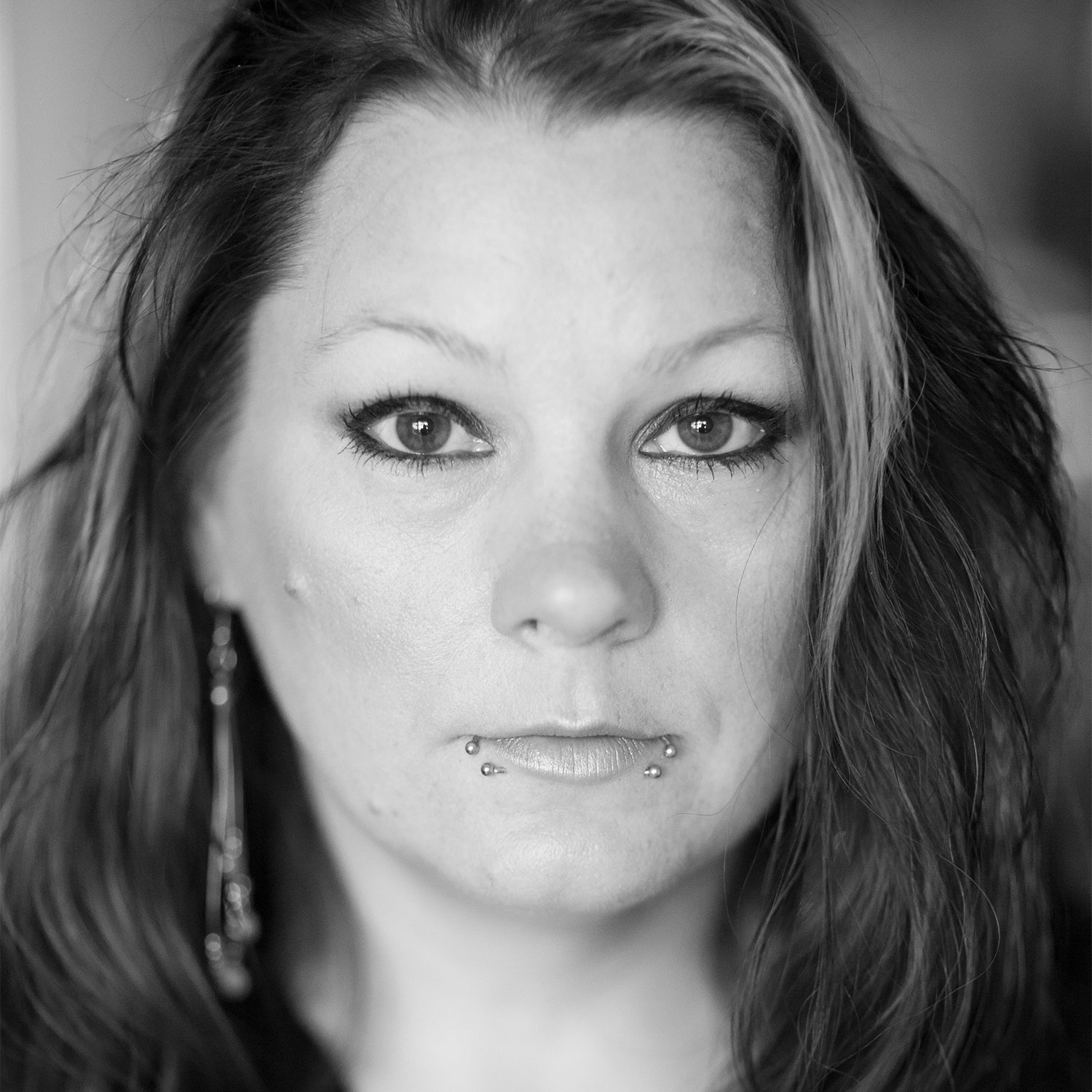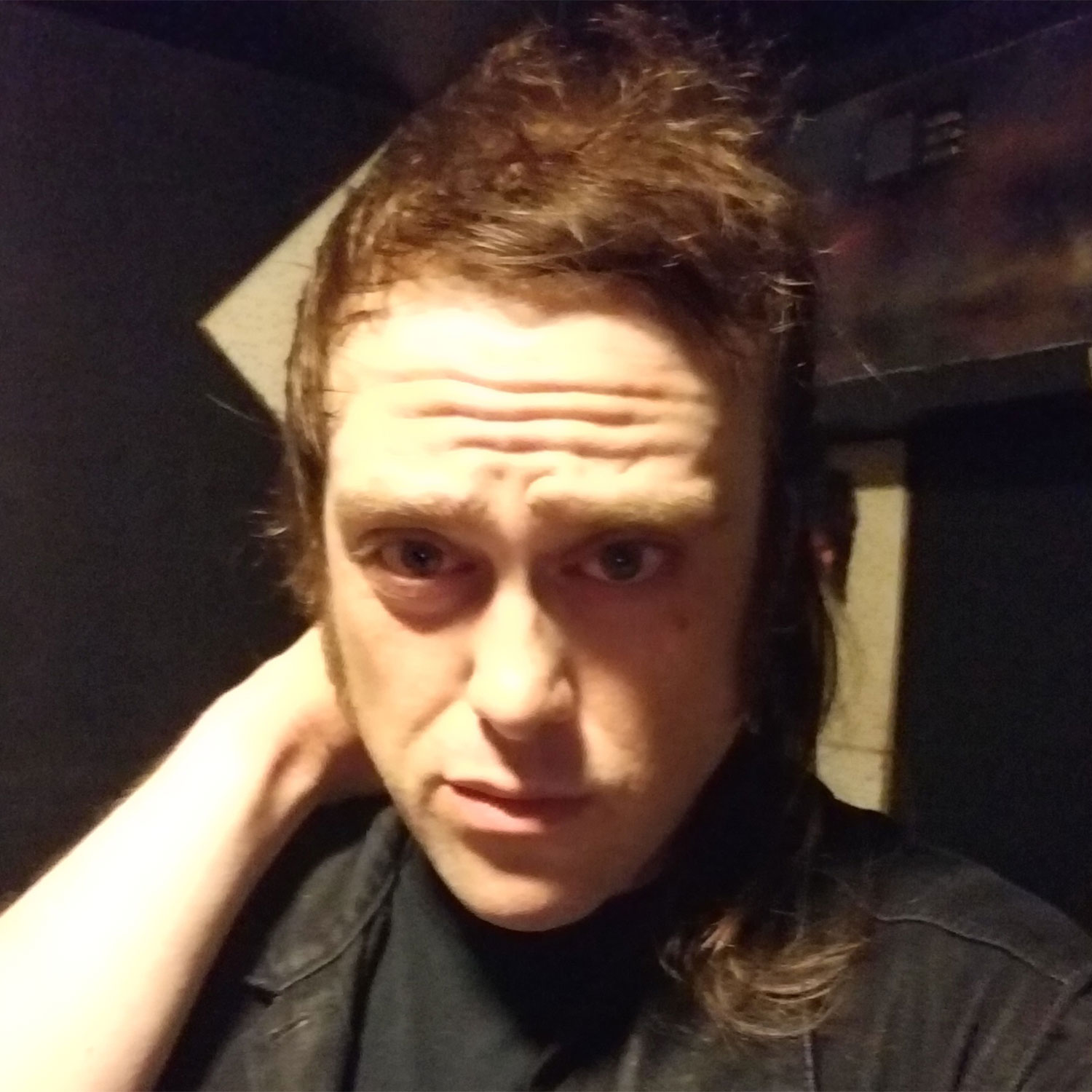Politicians in Eugene, often supported by land developers, have long called the shots. That might be why downtown has so many truly ugly apartment buildings. But what if the artists were in charge? What would the city look like?
Eugene Weekly asked several artists in town to envision what Eugene might look like if they ran things, and got a wide range of suggestions — from the concrete to, ahem, the visionary.
The most detailed ideas came from an architect, Jerry Diethelm, who has spent a lot of time thinking over how he would fix Eugene. “Well, I have a big agenda,” he laughs.
The essential long-term problem, he says, is addressing growth. And the solution he proposes — not at all surprisingly, for an architect — is more and better design.
“As we get denser, we need a kind of new green city planning that actually makes sure that there’s real design consideration as we add density to our neighborhoods and other places,” Diethelm says.
Adding more people to Eugene leaves two options for planners. One is for the city to grow out — to expand into the rural land that surrounds it. The other is to grow up — in other words, to increase density within the existing city limits.
Diethelm is very much in favor of seeing the city grow up.
“Well, we can’t grow out,” he says. “I mean, if we’re going to have a Farmers Market downtown, you’re not going to take over the land that serves the Farmers Market.”
Diethelm’s main vision centers on a creating an attractive new City Hall — Eugene hasn’t actually had any city hall at all since it razed the old one in 2015 — that faces on open space downtown. The city’s current Town Square development concept imagines tearing out the butterfly parking lot next to the existing county courthouse, turning that into open space and locating the Farmers Market there, with a new City Hall next door.
Instead, Diethelm would like the former parking lot to become open space, with the Farmers Market and new City Hall both fronting on it.
The new City Hall should be primarily a public meeting space that’s engaging and inclusive to the community it serves, he says.
“If we had a public meeting building that was really special and faced south into that new, big open space, I think it would make for a really beautiful center downtown,” he says.
Diethelm’s proposal goes beyond redesigning the look of downtown. He’d also like to redesign the city’s political structure, giving the City Council more power.
In his vision, that would mean making Eugene’s part-time city councilors full time and giving them staff. Architecturally speaking, that would mean giving each councilor an office in the new City Hall, with room for aides.
“But I’m afraid we’ve polluted the waters for the new City Hall so badly with the last project that it’s going to take more time,” he says.
Another civic monument in Diethelm’s vision would be a new courthouse.
“That’s probably going to be the most important building in the county,” he says. “That’s the county seat. That’s going to be the center of downtown activity. I just think that if you didn’t build the courthouse there and it went somewhere else, it would change everything.”
He also wants to clean up the Millrace and make that waterway a feature of the new downtown.
“It’s always been on the city’s list to do, and it’s always been like No. 8, and we maybe do Nos. 1 and 2. So we’ve never gotten to it in all the 30-some years that I’ve been promoting it.”
Diethelm also has ideas about Kesey Square. “The city needs to buy the buildings on both sides and open the walls up,” he says he says of the plaza at Broadway and Willamette Street. “They can lease out the space on either side or whatever. But Kesey Square will never be fully operable until you connect through those walls on either side.”
Finally, he says, the city needs a visual arts center. The best way to accomplish that is for the city to buy the old EWEB headquarters, which sits on prime property on the Willamette River just north of downtown, and then lease it to the University of Oregon’s Jordan Schnitzer Museum of Art — for $1 a year.
“I mean, it’s already there. It’s got a great location. It’s big enough,” he says. “It needs some remodeling at the entrance just to make the big space downstairs work right now. But it’s really perfect. And as an anchor on the riverfront next steam plant, you know, that’s a whole riverfront there that’s more public.”
His most important advice to city planners would be to incorporate better design into planning Eugene.
“What we need is a little more design talent in this town.” For example, he says, new buildings that have been constructed downtown crowd the sidewalks into narrow footpaths, with no benches that invite sitting and contemplation. He blames this, at least in part, on fear of the homeless.
“We’re afraid to have a big public space for a whole lot of reasons, you know. People are sleeping on the streets and everything else. It’s really difficult to get anybody to think that we might be able to congregate in a big space in our downtown.”
So what can the city do about homelessness?
“That’s just so, so hard,” he says. “Building a single common shelter, it’s kind of a mistake. I would distribute shelters in the city, keep them smaller scale, have places to go. But nobody wants to have the shelter in their backyard right now. You know, the library, where I go all the time, is really our homeless shelter. And amazingly enough, they keep the bathrooms clean and do a really great job.”
Other visions
EW asked artists in town to answer two questions about their vision for Eugene:
What would they like the city to look like in 10 years, and what should the city be doing about the homelessness crisis?
Here are excepts from emailed replies we got.
Courtney Stubbert
Artist, designer, musician and executive director of Eugene Contemporary Art
In 10 years
I would really like our city as a whole to stop touting the Arts and Economic Prosperity study as proof that the arts are alive and well in Eugene. Art will be alive and well when the city stops putting money into a twice-a-year awards ceremony for arts and business partnerships, and instead puts leadership and money behind a permanent city arts center or museum that actually represents and celebrates the range of work being made in Eugene.
Don’t leave it to business and artists alone to fund the arts. “Business” may mean well, but it still doesn’t know what to do with art that isn’t a landscape painting or a symphony ticket. Art today is wild. It comes in a lot of forms, and is in dialogue with a lot of ideas. As a city, our own identity is disconnected from much of what this world of art has to offer us.
Homelessness
Right now we should be voting for leaders who will help get corporate money out of politics. Until our social safety net is stabilized on a national level, and corporations start paying their fair share of taxes, our local homeless problem won’t go away. In the meantime, help those who are truly homeless and hurting, but give the travelers a broom and tell them they can sit on the sidewalk only if they clean it on their way out.
Tracy Sydor
Photographer
In 10 years
More of our youth becoming active in the creative community through artist leadership. So many fall between the cracks — either they aren’t able to learn a specific way in our standard education system, or there is little support from the community as a whole.
Through this process many of our would-be artists are lost and left out, resulting in different life paths that are insufficient for their personality types leading to struggle. So many artists I meet know exactly what that is and what it feels like.
We, the artist community, should seek out and harbor a strong focus on creating safety nets through art programs, mentorships and scholarships for low-income and homeless youth. This will also give our youth the opportunity to learn specific skill sets from specific artists based on their interests, additionally the artists will learn how to teach and interact with our youth.
The concept is to create an ecosystem of support and knowledge for everyone in our community. I feel this would result in more programs led by artists from all walks of life. For Eugene I see a united community for both young and old working towards a brighter, more inclusive and healthier future here in the next 10 years.
Homelessness
No one has the answer [to] our homeless issues, so it can be hard to envision an answer in a world where everyone seems to attack one over basic ideologies. In my opinion, our homeless issues have to come from the ground up, with community-minded individuals truly watching out for one another. We, as a community, have to say, “This is enough,” and do something about it at a ground level. We just have to wake up and want better for each other through the practice of compassion and servitude.
Kari Boldon Welch
Theater actor and director
In 10 years
In an ideal world, Eugene would become a place where all can live, work and play.
Like all cities, we face a tight, low-wage employment field within an area of high cost housing. Affordable, decent apartments and townhouses not geared toward college students would be plentiful.
Artists of all types face a world in which their art is more often than not supplemented by a day job that is flexible enough to allow for creative endeavors outside of the work place. A city that strikes that workplace balance will contribute to not just the health of its inhabitants but also the health of the arts in general.
I also envision a city that supports risk by artists. Eugene loves its Bach, ballet, Shakespeare and really old musicals. Can we cultivate an audience that is willing to expand its artistic palates to things out of the ordinary? More performance art, fringe and experimental theater, modern dance, abstract art will not just take place but would be supported and supplemented by the already generous art supporters in Eugene.
And lastly, elementary and high school students will have more opportunity to see live theater performance. Currently, there aren’t any local theaters that perform during school hours, nor do schools have the financial support to take kids to places like Ashland or Portland unless they are involved in a theater or special program. Theater for young people not just inspires future artists but cultivates and educates generations to come.
Homelessness
Homelessness is a complex issue, involving addiction and mental health, which are not always easy to address. But we can start with living wages and affordable housing. And compassion.
Jason Burton
Guitarist and vocalist with Eugene punk band Not a Part of It
In 10 years
I would love for Eugene to become a place where individuals can actively pursue what they really want to do in an accepting, nurturing and supportive environment. Whether by design or not, weed and craft beer is getting you exactly where you want to be, and precisely what you want: relaxing at home, comfortably numb. Ignoring your word, your responsibilities, and even your conscience. Escaping on the big couch within the large house that is Eugene, Oregon. Hopefully, in 10 years time, the Saturday morning cat will have given up Sill-Pie and taken up lucid dreaming by way of Thomas Peisel.




